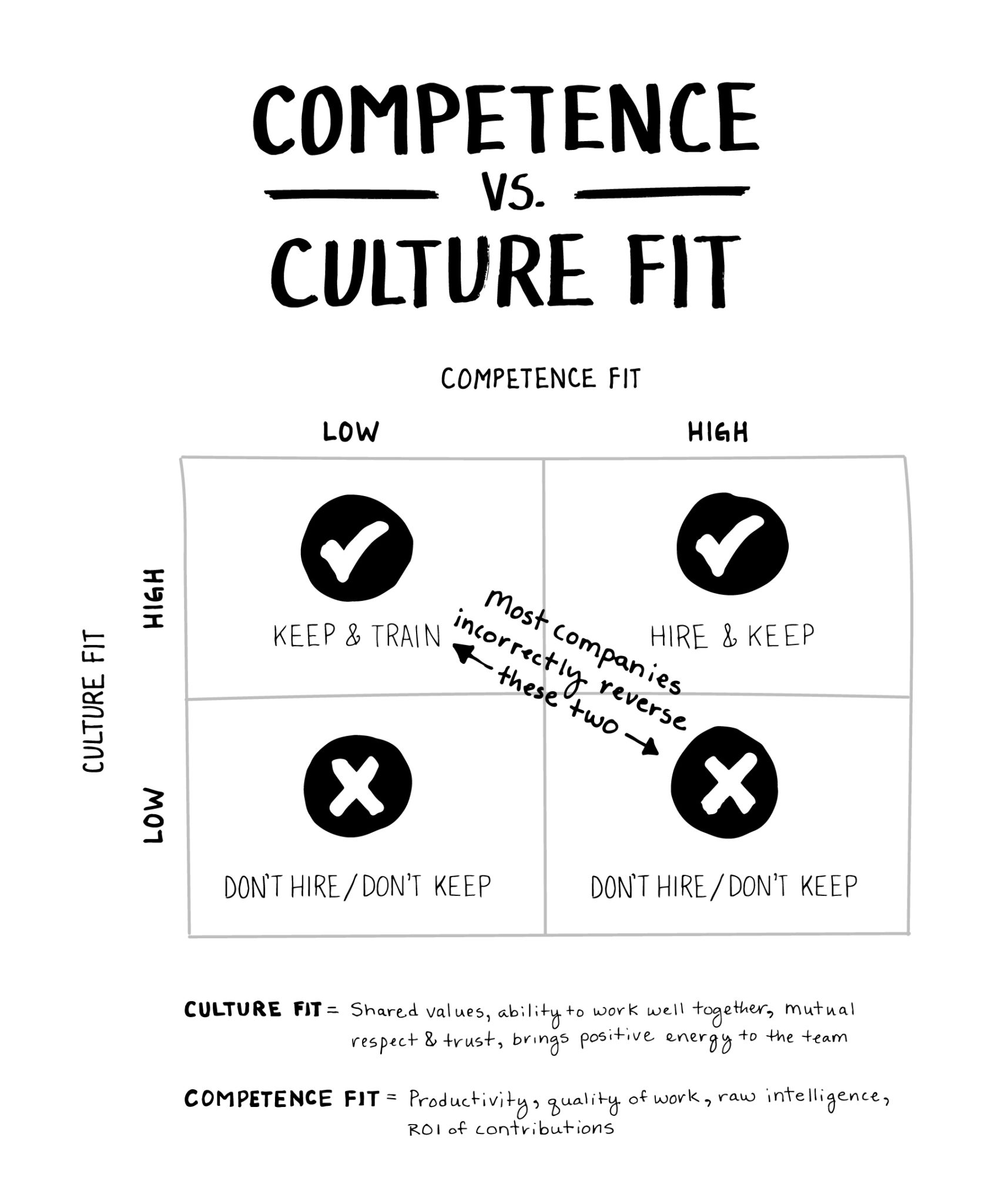In this episode of our series World’s Most Interesting People, I sat down with Rand Fishkin.
Rand is the founder of SparkToro.com, Moz and Inbound.org.
He’s also the author of Lost and Founder: A Painfully Honest Field Guide to the Startup World.
Meet Rand
Rand has great insight not only into best business practices, but the business of building professional relationships.
Are you more of a technical person or more of a people person or somewhere in between?
Rand answered, “I’m more of a people person, and that’s a little odd to say as I’m also very introverted.”
I find this combination of people person + introvert to be incredibly unique. Some of my introverted friends even have developed systems, routines, and methods for organizing their friendships and relationships to support this interesting combination.
Does this sound like you? Do you have a friendship system?
Rand doesn’t have a specific system in place, but he does have credo for all his interactions:
I don’t make a distinction between professional friendship and personal friendship. If I have love for you professionally, I have love for you personally.
Rand Fishkin
Culture and Values
Let’s talk culture. At Moz, Rand had a set of six values he named TAGFEE – transparency, authenticity, generosity, fun, empathy, and the exception.
How important are guiding principles? How do you know when you need them?
According to Rand, people on a team need to share certain attributes so they feel a sense of alignment and similar directional course within the business. There’s a lot of forces that potentially can tear a team apart—whether you’re a startup trying to get off the ground or a new business that recently received funding.
When there’s murky waters or disagreement or even chaos within a business, a team always can come back to their core values. For Rand, this is a nod to openness and authenticity, so he can be transparent with his team. He strives to be the same person at home, at work, at the bar—no mask required.
Action Step: What are your values? How do you want your team showing up? You should have the self-awareness to know what your values are and to seek out people for your team who also share the same values.
In Lost and Founder, Rand outlines specific questions to help you identify your team’s values. Try these with your team:
1) What traits and behaviors should be recognized and rewarded in our employees? Which ones should be discouraged?
Figure out your values, write them down, codify them, share them with your team, broadcast them, and then make sure you’re consistently supporting and endorsing them with your actions.
Rand Fishkin
Think of these answers as your professional deal-breakers. This could be deadline issues, cultural issues, or commitment issues.
2) What’s your preferred form of communication and why?
Why is that so important for a team?
Rand reminds us that there’s a wide array of communication options, especially within tech-savvy organizations, such as the chat-based platform Slack. Or in sales-dominated industries, the phone may reign supreme. Or in other cases, the main communication happens primarily in person or by email.
Action Step: Recruit and train people into your preferred communication medium. Remove the friction of multiple communication methods by deciding on the one that is best for your team. And ask early! Ask interviewees their preferred method, ask in initial meetings. Ask new employees, “In a conflict, what’s your preferred method of communication?”
Bonus: How does your team’s personality fit into communication methods? Often, extroverts, introverts, and ambiverts have different check-in preferences. Ask your team to take our official personality quiz.
Competence vs. Culture Fit
Rand shared insight into the dichotomy between competence and culture. You may have someone on your team who is an amazing culture fit—they share the team’s core values and beliefs, they’re a perfect match on communication style, they agree on the professional deal-breakers, but their work output—either the quality or quantity–is struggling.
Or you have the opposite issue:
A team member has impressive work output and they are fantastically talented in a technical area, but there’s poor culture fit—they may antagonize colleagues or are generally difficult to work with. Rand calls these individuals culture misfits.
The problem: Many organizations default to supporting, promoting, and encouraging the competent worker as opposed to the cultural worker.
Internal research at Google found that “who is on a team matters less than how the team members interact, structure their work, and view their contributions.”
People skills are just as important (and sometimes more important) than technical skills. Typically, there’s a huge emphasis on improving the competent piece of the puzzle for career advancement—more conferences, more certifications, more degrees. As professionals, we also need to consider the culture piece—how to master your communication, how to work with people, how to leverage your relationships.
Action Step: If you’re a manager, try to catch someone early on who has culture misfit tendencies and coach them. Actively work with them to say, “Your work is good, but that is not good enough.” Share the Google team study from above and let them analyze the data. This will help show the technical people on your team the benefits and importance of good culture fit.
For folks in the other quadrant (high culture fit, low work output), this is an opportunity to leverage mentorship to upgrade this team member’s competency.
It is much easier to improve quality and quantity of work output than it is to improve culture fit.
Rand Fishkin
Let’s wrap it up!
Here’s what you can do with your team right now:
- Ask the right value-based questions
- Determine your professional deal-breakers
- Align on methods of communication
- Use the competency/cultural fit to make changes
You can follow along with Rand’s journey at SparkToro.com or on Twitter.

